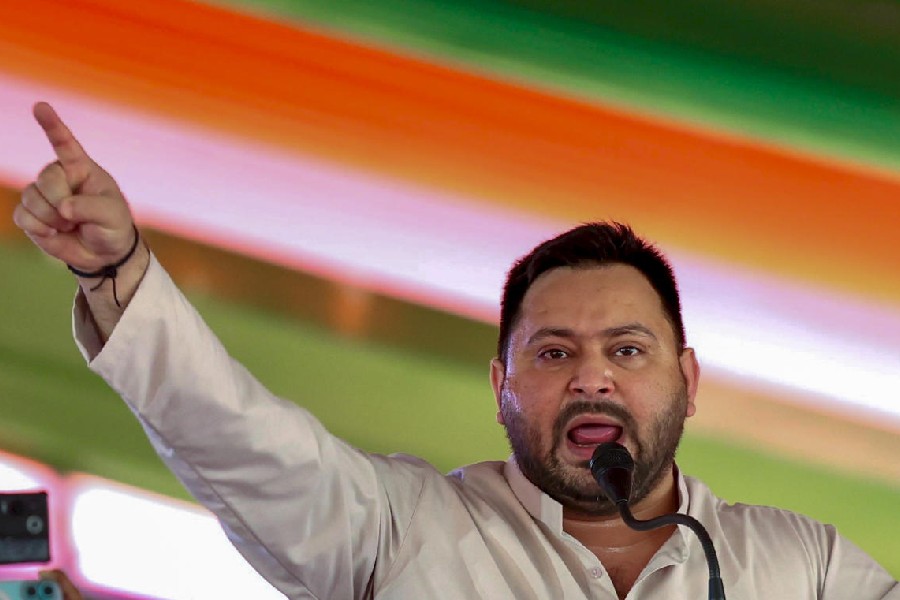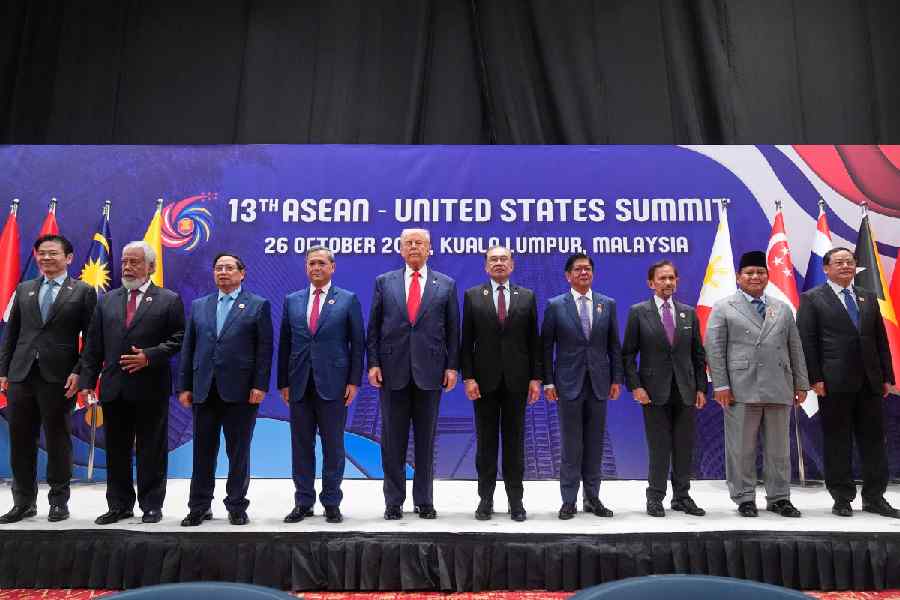.jpg)
Calcutta: Modern management practices may have emerged after World War II but its roots can be traced ages back in the functioning of religious institutions.
Jawhar Sircar's opening assertion made the audience in the packed Rotary Sadan sit up on Monday. The former Prasar Bharati chief was delivering a lecture on "How mergers and acquisitions strengthened India's unity: Lessons from the ancient past", as part of a Knowledge Exchange Series presented by the Calcutta Management Association, in association with The Telegraph.
"Managerial practices were in place, even if not in articulated shape, in not just the church but in pre-Vatican times, too. The first corporate body in the world is the Buddhist sangha, in the 5th century BC," Sircar stated. "The sanghas followed human resource development practices like shuffling, promotion, lateral entry and expulsion."
Following the principles of merger and acquisition that allow entities to leverage the other's advantage and expand footprint, Buddhism appropriated north Indian legends, inserting a Bodhisatva figure in each of its 574 tales and presenting them as Jataka Tales, complete with a moral. "That spread much more than the teachings of The Tripitaka."
The Mahabharat had adopted the same strategy. "It had started as a folk tale of the Sutas with a kernel of 2,000-odd verses. Then it absorbed other stories to reach one lakh-plus."
Like the current oligopoly in the Indian telecom industry in which a few companies have survived at the cost of the others, the Hindu pantheon has seen three deities coming to dominate, sidelining others. "By the Middle Ages, Hinduism regrouped itself and pensioned off the old gods. Shiva, Vishnu and Shakti took over. Accommodating Shakti was a challenge as the 18 Mahapuranas are male-dominated. She comes in later through Devimahatya or Durga Saptasati, an appendix to the Markandeya Purana."
He also cited Shakti's astottara satanama (108 aspects) where she is described as both the fair Gauri and the dark Kali. "Hinduism is a management of contradictions, characterised by utter flexibility. The moment you take away the flexibility, as is happening now, and try to standardise it, you kill off its essence."
Another instrument used to accommodate Shakti is the myth of Daksha yajna. "In the Puranic tale of King Daksha, nowhere is it mentioned that Vishnu chopped off Sati's body." Extending the story in later-day Kalika Purana and Devi Bhagabat was a "brilliant way to allow the creation of the Shaktipeethas and consolidate across territorial units" in the 11th or 12th century.
The most stunning example of merger and acquisition, Sircar said, was Vishnu's Dashavatar myth. "Animal worship was accommodated this way as also by having vahanas (mounts) of gods. This is how Hinduism united the land in one belief system, finding place for every type of worship," he concluded.

.jpg)








